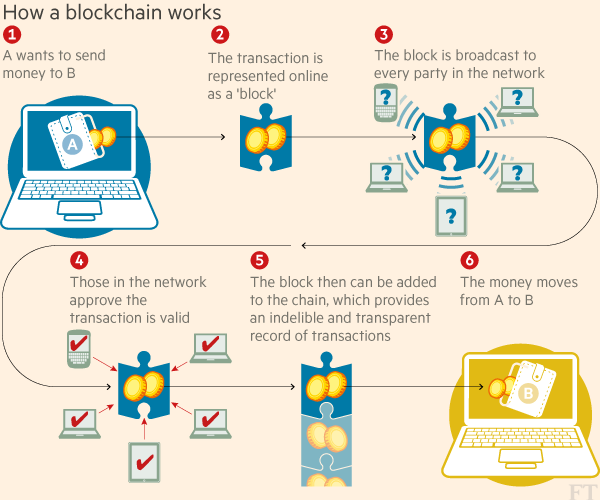UTXO is geek-speak for “unspent transaction
output.” Unspent transaction outputs are important because fully validating
nodes use them to figure out whether or not transactions are valid– all inputs
to a transaction must be in the UTXO database for it to be valid.
UTXO
- Unique identifier of the transaction
- Position of this UTXO in transaction output list
- Value or Amount
- Optional script
Transaction contains
- Reference number of current transaction
- Reference to one or more input UTXO
- Reference to one or more output UTXO newly generated
- Total input amount and output amount
Transaction hashes contain
- Hash of the current block
- Hash of previous block
- Hash of next block
- Merkle root hash of the block
Double spending problem
The
risk that a digital currency can be spent twice. Double-spending is a potential problem
unique to digital currencies because digital information can be reproduced
relatively easily.
Bitcoin solution
We propose a
solution to the double-spending problem using a peer-to-peer network. The
network timestamps transactions by hashing them into an ongoing chain of
hash-based proof-of-work, forming a record that cannot be changed without
redoing the proof-of-work.
The longest chain
not only serves as proof of the sequence of events witnessed, but proof that it
came from the largest pool of CPU power
As long as a
majority of CPU power is controlled by nodes that are not cooperating to attack
the network, they'll generate the longest chain and outpace attackers.
the chain stitches
that data into encrypted blocks that can never be modified and scatters the
pieces across a worldwide network of distributed computers or "nodes.
Basic operations: what Miners do?
- Validation of Transactions
- Gathering transactions for a block
- Broadcasting valid transactions and blocks
- Consensus of next block creation / acceptance
- Chaining blocks
Transaction 0 Index
0 of the confirmed block
- Created by the miner of the block
- Does not have input UTXO
- Only has output UTXO (special UTXO)
- It generates Coinbase transaction (miner's fee)
- Miner fee - 12.5 BTC
A standard
transaction output can be unlocked with the private key associated with the
receiving address. Addresses and their associated public/private key pairs will
be covered later in the series. For now, we are concerned with the output
amount only.
